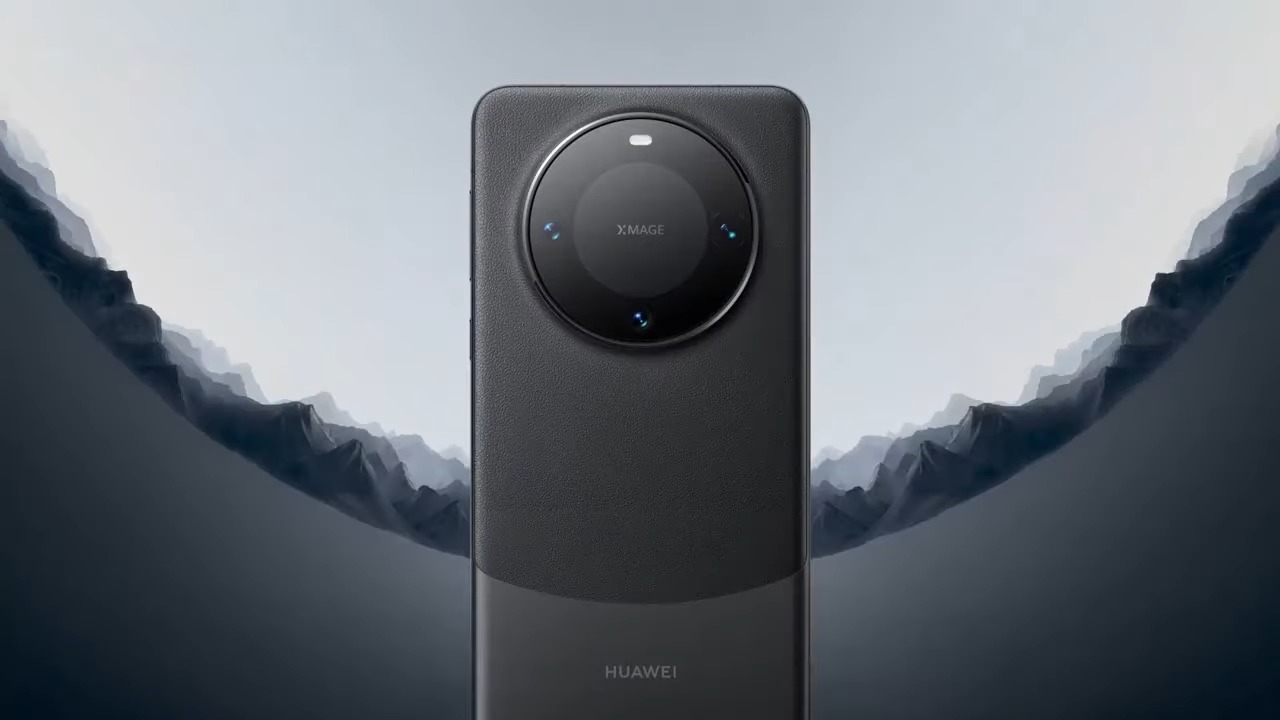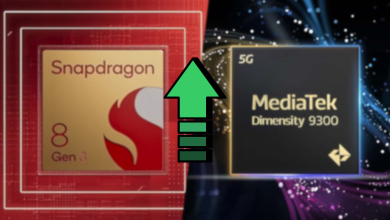SMIC Apparently Fabricated Huawei Mate 60 Pro’s Kirin 9000S Chip Without EUV Lithography

Huawei’s newest Kirin 9000S chipset has stirred up quite a debate in the semiconductor world, primarily due to the uncertainty surrounding its manufacturing process.
Over the past few days, a lot of reports are pointing to the fact that SMIC might have been the foundry responsible for producing the Kirin 9000S chip found in the Mate 60 Pro, built on the 7nm node. Now, a third-party teardown of the chip has put this foundry into the spotlight.
It is important to note that that SMIC doesn’t have the access to ASML’s lithography equipment as US has placed sanctions on the export of EUV equipment to China. This is important since EUV exposure is important in moving beyond 7nm circuitry using light.
So how did SMIC make a 7nm chip without EUV? Well, keeping aside the rumors that SMIC may have violated US trade sanctions, the answer is quite simple, actually.
SMIC apparently devised a workaround that involves using multiple rounds of DUV lithography. DUV lithography is a relatively older technology that is not as precise as EUV, but can still be used to make smaller chips.
The workaround that SMIC used is quite similar to a process that was used by TSMC, way back in 2019. TSMC called this process “7nm+ EUV“, and it involved using DUV lithography to make the first few layers of the chip, and then using EUV lithography to make the remaining layers.
SMIC’s workaround does not use EUV at all, but without EUV equipment, like we’ve mentioned earlier too, it becomes increasingly harder as foundries continue on their path to Moore’s Law. Another hurdle that becomes significant is the production costs. See, these new 7nm chips from Huawei may cost them as much as 100x more than it costs Samsung to do the same via EUV lithography.
In the long run, Huawei may have to cut back on costs, or widen the gap between it’s competitors when it comes to their pricing policy. We’ve seen Xiaomi pull the same strings, and the results didn’t seem to favor them one bit. In fact, the poor sales for Xiaomi 13 series may prompt them to rethink their next product lineup, and pricing.
The Chinese government however has been backing up local foundries and companies, and this is why the pricing may not be as big of a threat to Huawei as it may seem on the surface. The industry is considering developing 3-4nm chips in the future without EUV, and it’ll be interesting to see how that pans out.
Meanwhile, this is all we know for now, but rest assured that we will keep you updated as new information becomes available.





